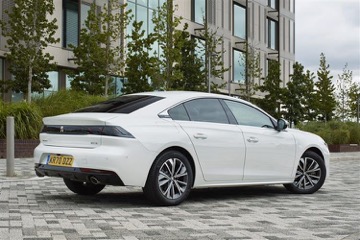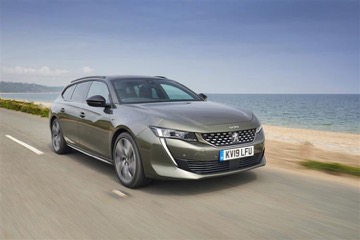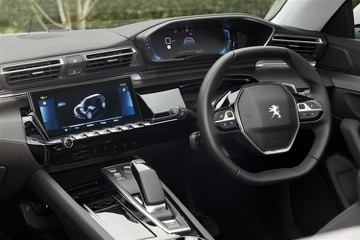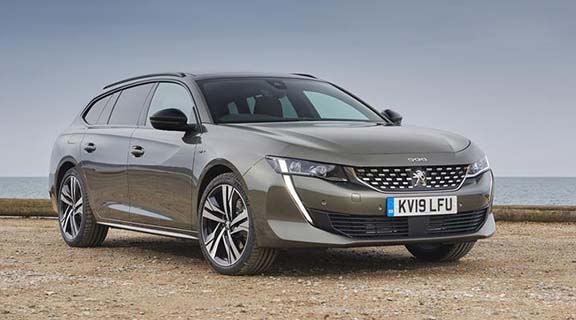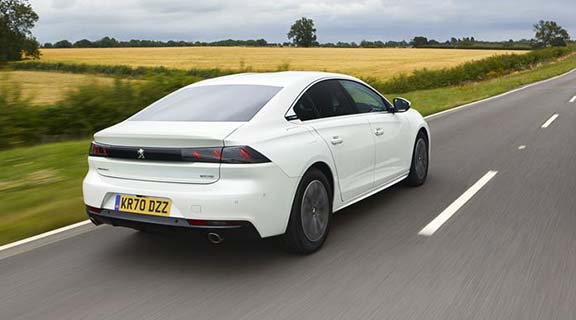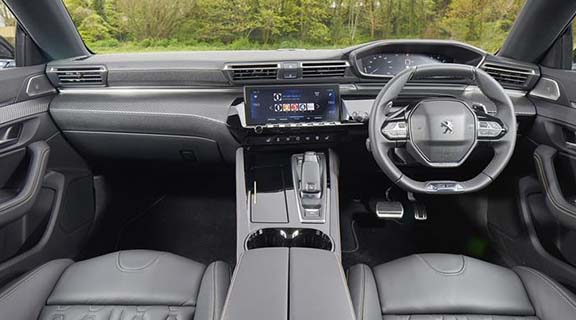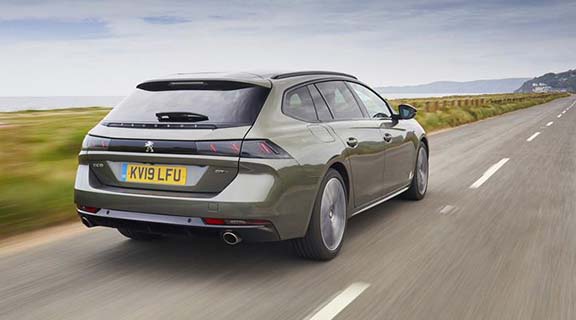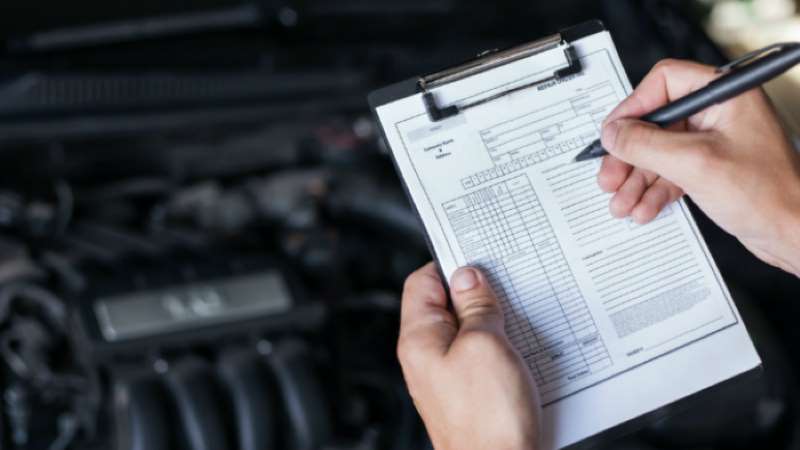The 131hp petrol offers up to 49mpg while the diesel unit can manage 62mpg, both good results for the class.
The 225hp plug-in hybrid is rated at 235.4mpg, thanks to its ability to travel up to 38 miles on battery power alone. The 11.8kWh battery needs to be fully charged each day and you will have to be extremely sensitive with the accelerator to achieve that sort of figure.
The 360hp Peugeot Sport Engineered (PSE) plug-in hybrid has a claimed 138.9mpg and can travel up to 26 miles using its 11.5kWh battery pack. Charging either model with a 7kWh wallbox at home should take a little over 3 hours.
If you’re looking for a business lease the hybrid models fall into a lower benefit-in-kind (BIK) category and your running costs will be lower still if your commute regularly takes advantage of the electric range.

